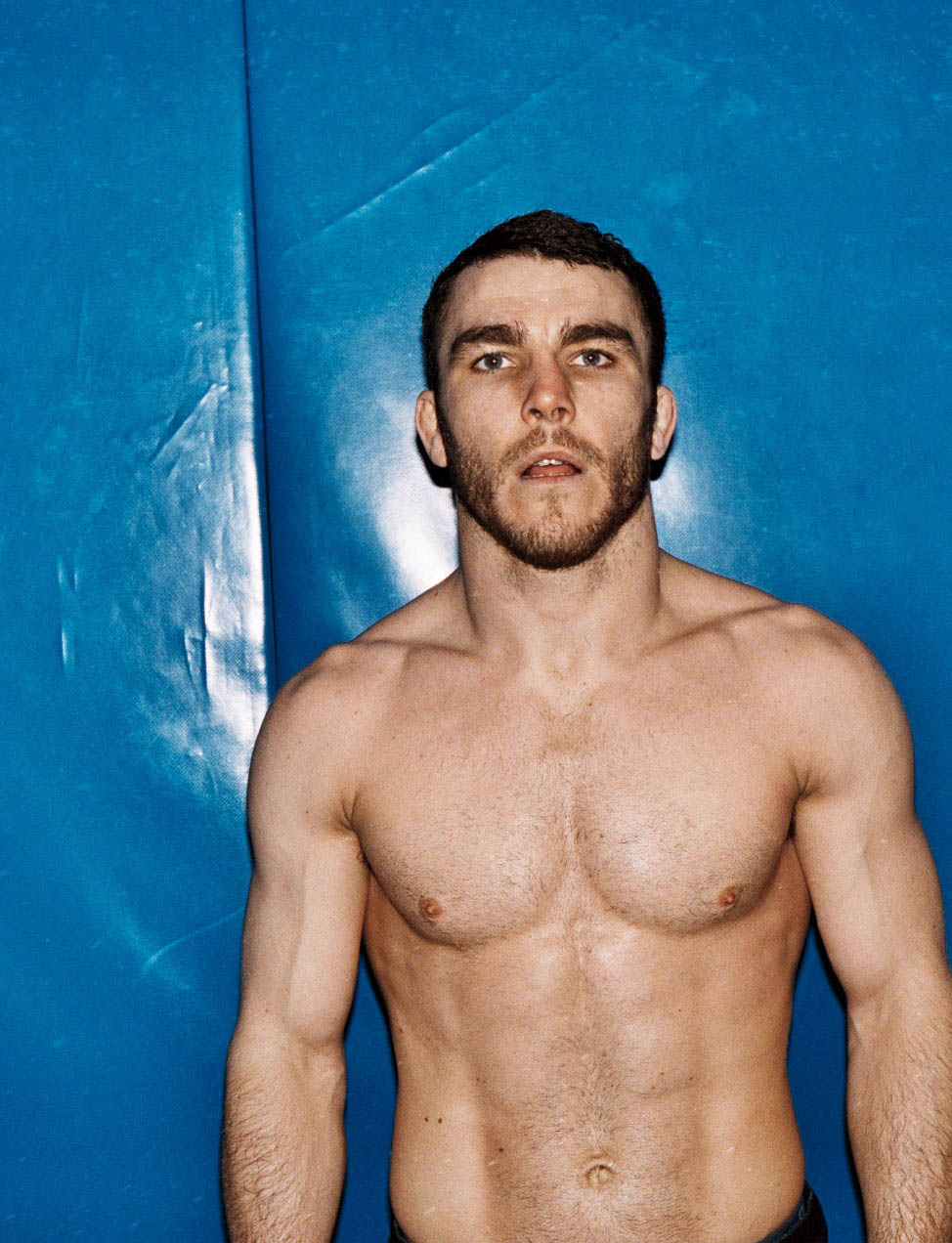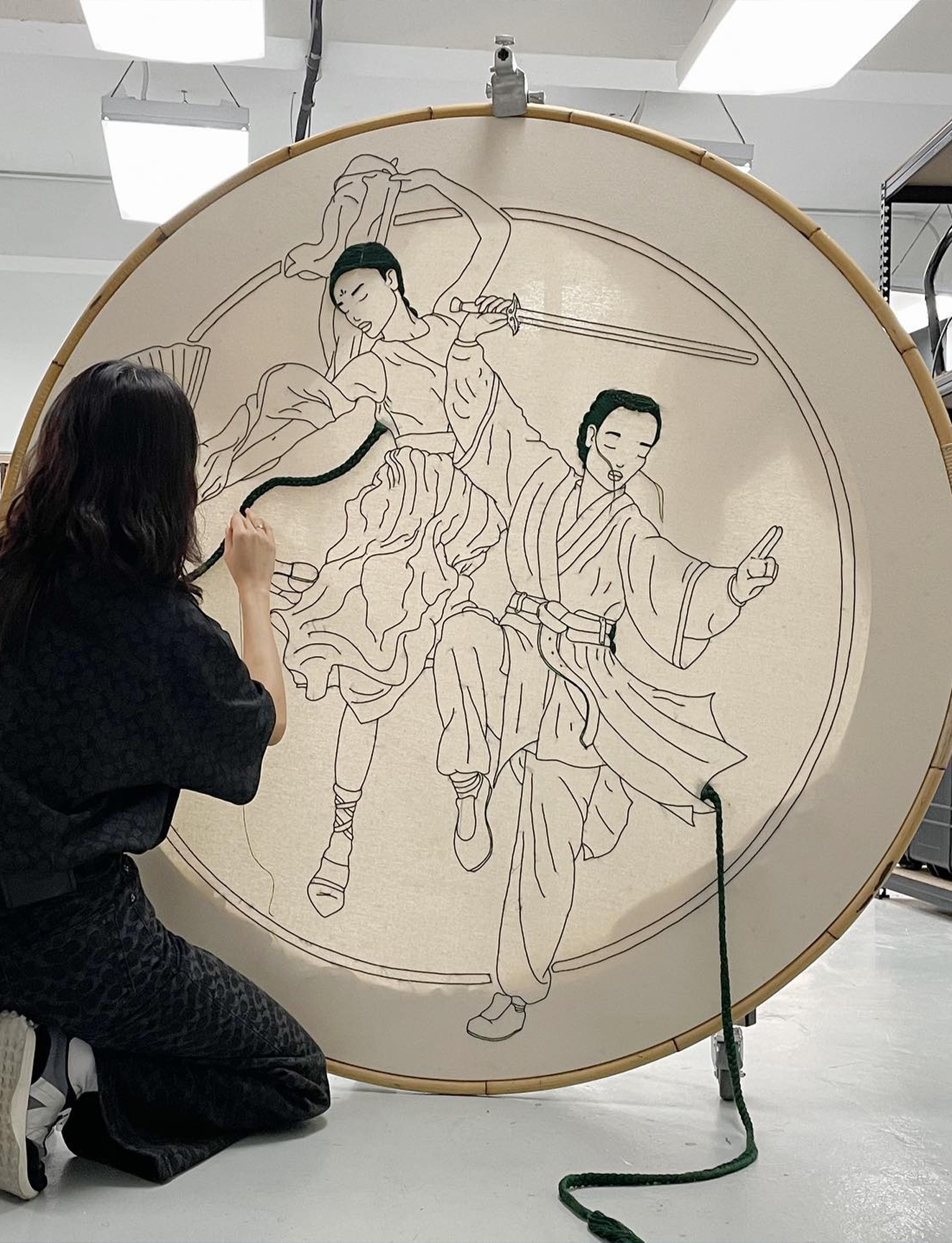Over the course of your career you’ve worked on and with incredibly varied clients and projects; from record covers, to magazines like The Face, to Channel 4, to companies like Dunkin Doughnuts. How do you think you’ve managed to stay relevant and current in an ever-changing landscape?
I don’t think it is about pursuing a conscious decision or strategy to stay relevant, although I do use that word a lot to describe what any design process fundamentally needs to be – relevant to the audience, the publisher, the intention, the experience, and the outcome. This is always impacted by social cultures, tendencies and behaviours, and any design work is both potentially a response to and a catalyst for change.
The other key is that the work we do here is not about stylisation, it is more about appropriate responses, and constantly looking for opportunities to innovate within what these days is increasingly a system-building industry. Same as it ever was ☺
The work we do here is not about stylisation
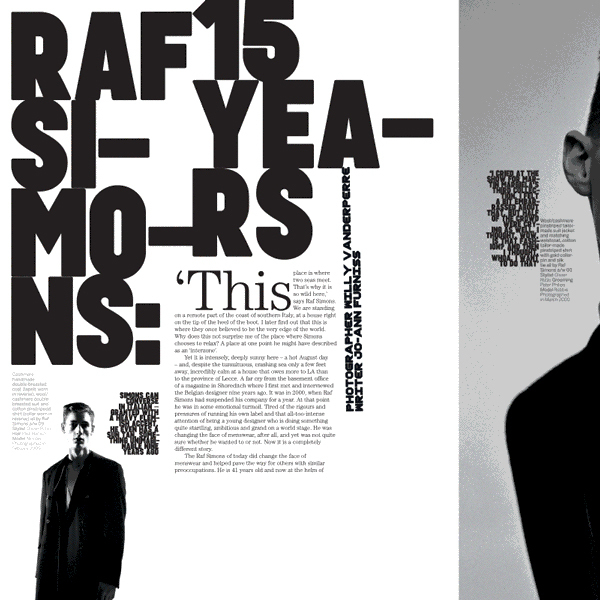
How does working with big corporate brands and clients differ from more ‘cult’ or ‘punk’ work. What’s the value in doing a big job that reaches a mass audience over one that may only be relevant to a design-centered audience?
It is all about scale – from a small or one-off project to the visual language and set of components for a major global brand. The greater the scale, the larger the reach, so a small innovation here has a much greater impact. With a smaller project, you can be far more experimental and take greater risks. Both ends of the spectrum operate in different ways but can both have major impact. In the past, a record cover could do both, reaching a large audience and taking a large creative risk. T-shirts and merchandise today have the potential to do the same.

It is all about scale
You have said that since the late ‘80s you’ve tended to work much more with international clients than British ones. What do you think are some reasons for this?
I never really understood this. We seem to be commissioned far more from outside of the UK these days, although when we do get commissioned here it tends to be from pretty amazing clients – The Times, the BBC, Channel 4, the England football team, Turner Contemporary, the Photographers’ Gallery, the RCA etc.
And relatedly, why is a festival like International Assembly valuable – why is it important to work and collaborate globally?
These days, everything is connected, so if something happens in one space it quickly impacts every other space, like a wave, or the ripples in a pond. The challenge is how to operate locally and individually within an increasingly generic and reductive space based on ‘condensation symbols’ – the act of reducing complex narratives down to over-simplified signals, like MAGA or Brexit. How to take real risks, how to monitor the monitors, how to protect ourselves from our protectors, how to act free in privately-owned public spaces.
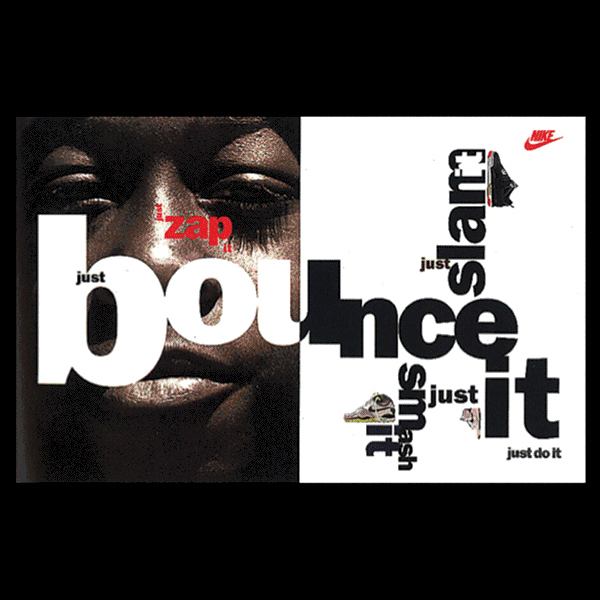
In a recent interview with Eye On Design you said: “I think we’re in a weird period: The headline would be “graphic design is dead.”” As we move more and more away from printed ephemera, what do you think the changing role of the designer is? Is graphic design still important?
The statement was meant more as a challenge and a provocation: what is the role of graphic design in our current environment? Our communication cultures, mechanisms and experiences have always been driven by technology. From the advent of tools for carving, painting and writing, through the invention of the camera and the printing press, to digital technologies, the way we communicate has always been modelled as a response to new opportunities.
As designers we now create systems of communication
As digital media allows greater reach to more people more quickly than ever before, the nature of that communication changes. We don’t produce individual editorialised experiences any more, as designers we
As well as having a remarkable career that’s spanned decades, you are also now an educator, at the Royal College of Art. What are some challenges that you think your students face in this era?
Students today have to deal with a whole set of new challenges that their predecessors would have been shocked by. The precariousness of employment, the fragile natures of our climate and our democracies, and the growth of inequality.
At the same time, these challenges provide an amazing set of opportunities for new, radical strategies and responses. We need new cultural languages, new tools, and new expressions to remain both vigilant and joyful. create systems of communication. The real focus is on narrative and engineering now, platform building. How can we bring complexity and possibility to this space?
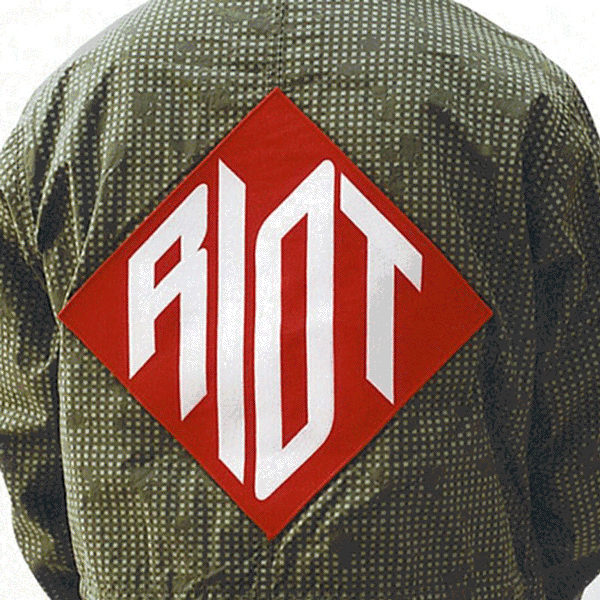
We need new cultural languages
And can you talk a little about your teaching approach? What of your own knowledge do you think is important to pass on?
I don’t think teaching at MA level, on which the RCA is focused, is about students being taught, that is that the tutors are the holders of knowledge that has to be passed on.
The task of a tutor is to catalyse change and self-discovery in the student, help reveal pathways and possibilities, emphasise the awareness of the context for professional practice and the impact the practitioner can have on that, and to help instil a strong sense of self-direction.
Read More: Femme Type Are Ready For Their Next Step




